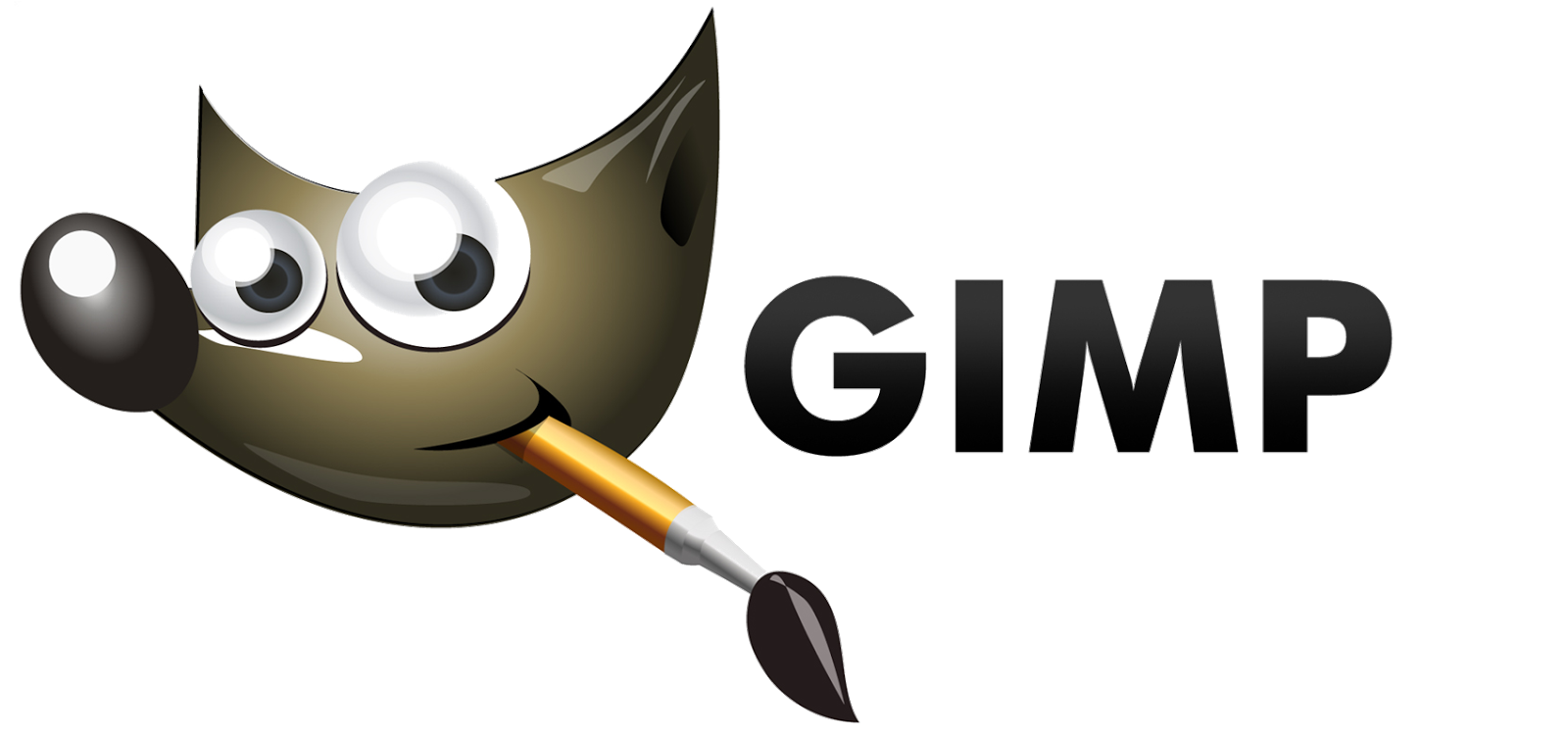


It is also customizable to the core: you can add and remove menus and icons on the fly you can define the exact resource consumption of the application by specifying details for memory usage and even the number of CPU threads to use you can have completely distinct configurations for normal mode and full-screen mode you can create brushes or import from existing creations available online, the same being true with textures you can configure and add keyboard shortcuts for almost any action you may require to perform and configure many settings to correspond to the default behavior you want in most situations. If you are into programming, then you can even take advantage of the exposed libraries, which allow you to programmatically modify images with any tool available in GIMP using Python or Scheme as programming languages. It offers many filters and third-party extensions to ease some more tedious aspects of image manipulation. It features a single-window mode, which is convenient when working with only one monitor, while the multi-window mode is incredibly useful to divide any work being done on two different monitors. GIMP really has it all: apart from being open source (free) to start with, it supports a plethora of image formats, including animated GIF, PDF, PS, RAW, TIFF and even text (TXT).

There is also a useful "Undo history" tab that takes a visual snapshot of the state of the image at each particular point in time and gives a meaningful name to each step, facilitating the retrieval of a desired state. Since it can handle as many layer groups and layer masks as you wish, it is possible to iterate over one idea over and over again, discarding only specific modifications. I have also benefited from its great stability, once creating more than a hundred layers on a single image. For certain programming tasks, it came handy to create paths with the Bezier tool, exporting the information to the SVG format, which can be read with a programming text editor in a breeze. I have used GIMP many times to edit PDF files, either to add annotations or to conceal confidential information, which is easy to accomplish with a filter such as "Pixelize". The fact that GIMP is freely available on all major operating systems ensures that you can work seamlessly from any computer in the native format provided (XCF) or any other supported format. The Best Free Alternative of the past Decade to Any Commercial Image Editing Software


 0 kommentar(er)
0 kommentar(er)
